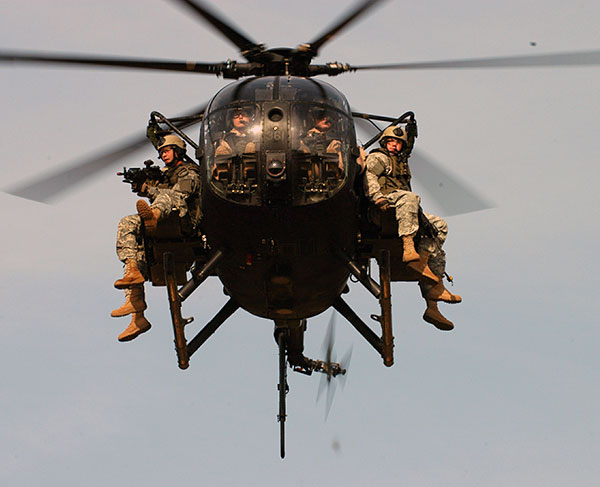2. There is a bit of romanticism involved with the "Fireforce Concept" - let's get away from clumsy, slow patrols and have a fast-moving, roving squad that kills anything it catches. Sounds nice, but there is nothing that says "conventional COIN tactics" are any better or worse at killing insurgents; the authors don't make a case by throwing out figures with no primary sources. History certainly doesn't back this up, as Malaya isn't a communist country and Rhodesia can only be found in 30 year old atlases. To be fair, the authors do differentiate between the tactical aspects and the sociopolitical ones, but I still find it hard to take the "these are better tactics" argument at face value.











 without considering issues like lift capacity at altitude etc etc.
without considering issues like lift capacity at altitude etc etc.


Bookmarks